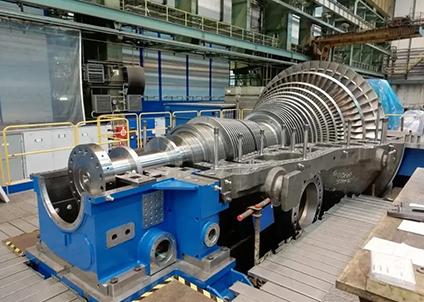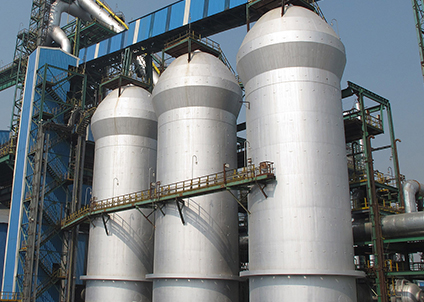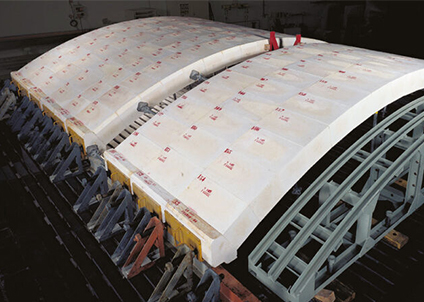It has high CCS, high refractoriness and low thermal conductivity.
The bulk density ranges from 1.35 to 1.45g/cm³, CCS ≥ 20MPa, and the thermal conductivity of hot surface at 800 oC is < 0.26W/(m·K).
The micropore lightweight aggregate has open pores.
The lightweight castable made from it will not have the aggregate floating up phenomenon, and the castable will not have segregation. Therefore, it is possible to produce lightweight castable with high temperature resistance, high strength and low thermal conductivity. Although traditional closed-pore lightweight aggregates can be used to produce lightweight castables with a relatively low bulk density, but their construction performance is poor (the aggregates tend to float up during the pouring process, causing segregation of the castable). Lightweight castables made from traditional open-pore lightweight aggregates cannot produce lightweight castables with high temperature resistance, high strength and low thermal conductivity due to low strength and high thermal conductivity of the traditional lightweight aggregates.
In the traditional production process of solid bricks
In the traditional production process of solid bricks, the original heavy aggregates are replaced by 25~40% micropore lightweight aggregates. The volume density is reduced from above 2.3g/cm³ to below 1.8g/cm³. While ensuring the strength and high-temperature performance not reduced, the thermal conductivity can be significantly reduced and the insulation effect can be improved.
The Fe2O3 content of this product is relatively low
The Fe2O3 content of this product is relatively low, making it suitable for industrial kilns with reducing atmospheres (such as carbon roasting furnaces or calcination furnaces, kilns in the petrochemical industry, etc.)


